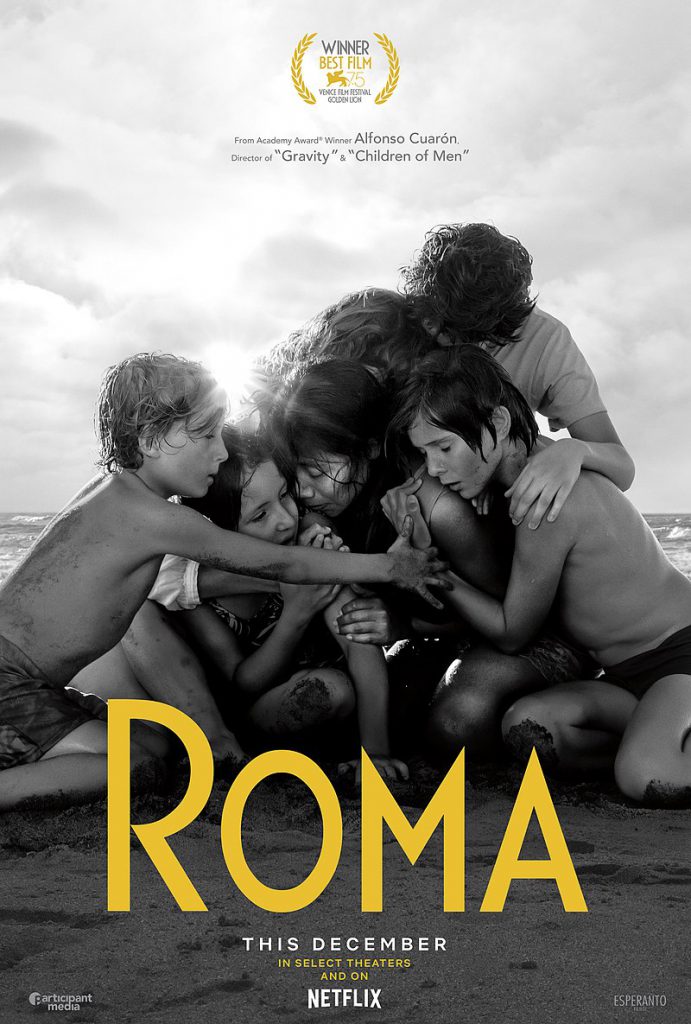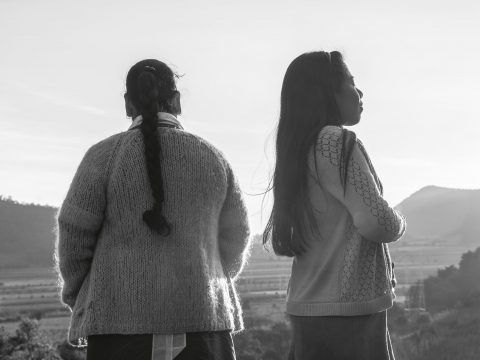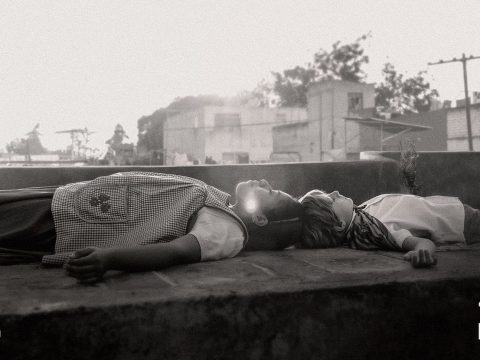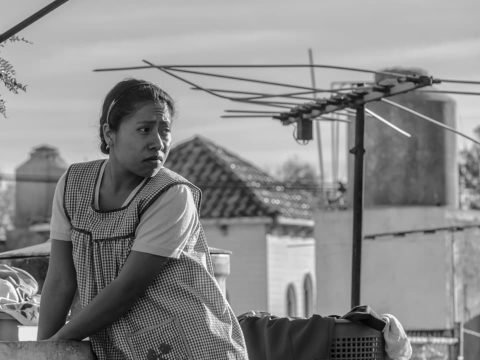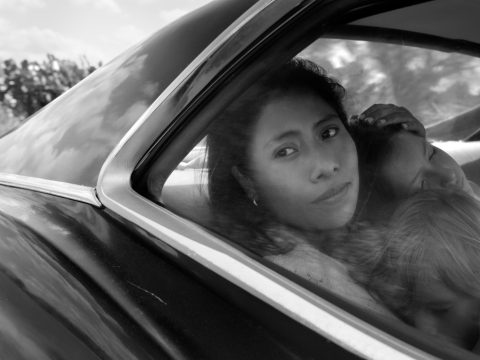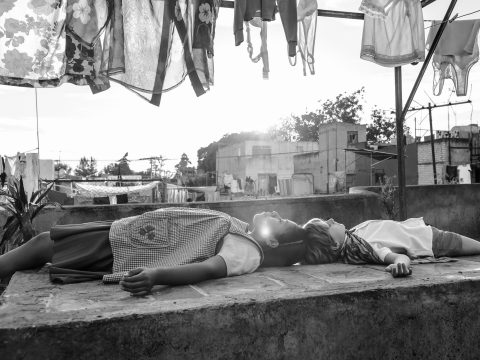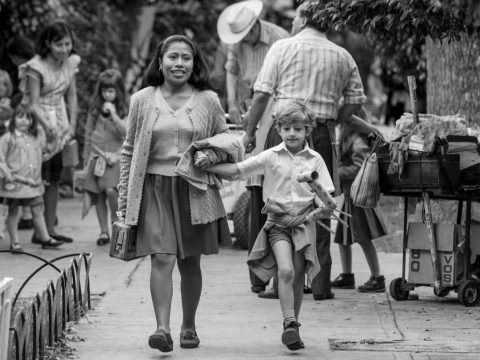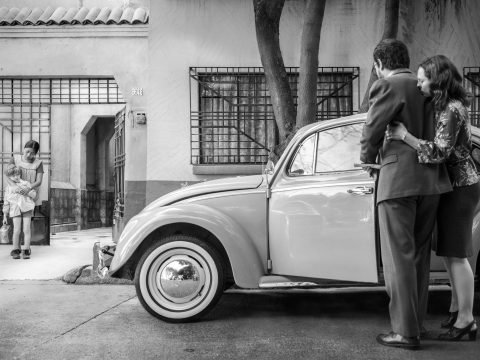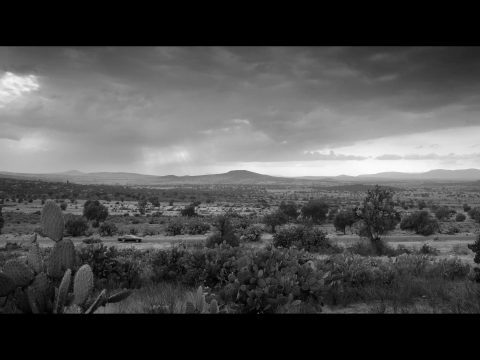Movie Details
ROMA
Roma is an incredible portrait of a family, with no traditional plot, that must be seen on a large screen. The first time I viewed Roma I watched on a small screen on Netflix, I was too far from the screen, and there were several distractions (my fault), so I really did not like the movie nor enjoy the experience.
Netflix purchased Roma from Alfonso Cuarón the Director, Writer, Producer, Editor and the Cinematographer for the film. Alfonso Cuarón said Roma should be seen on the big screen in theaters. But he sold it to Netflix in an effort to have the film seen by as many people as possible. His thinking is logical since this film will most likely never be a huge commercial success.
If only released to theaters most people would not make the effort to see it and it would fade away. Selling it to Netflix gets the film sent directly to 140 million subscribers, by default more people will click and watch this movie, although most will not be prepared and will not enjoy Roma. I’m upset with Netflix for not warning people that Roma needs to be viewed on the largest screen available to appreciate the amazing cinematography and storytelling. Netflix is just looking for views to win an Oscar – and it worked.

© 2018 Participant Media − All right reserved.
It appears most everything Alfonso Cuarón touches seems to turn to gold. His movie before Roma, Gravity starring Sandra Bullock and George Clooney won him an Oscar for Best Director and Best Film Editing. Five of his movies, A Little Princess, Y Tu Mama Tambien, Harry Potter and the Prisoner of Azkaben, Children of Men, and Gravity have received 18 Oscar nominations and 7 Oscars. Roma was nominated for 10 Oscars in 2019 and won an Oscar for best Cinematography, Director, and best Foreign Language Film.
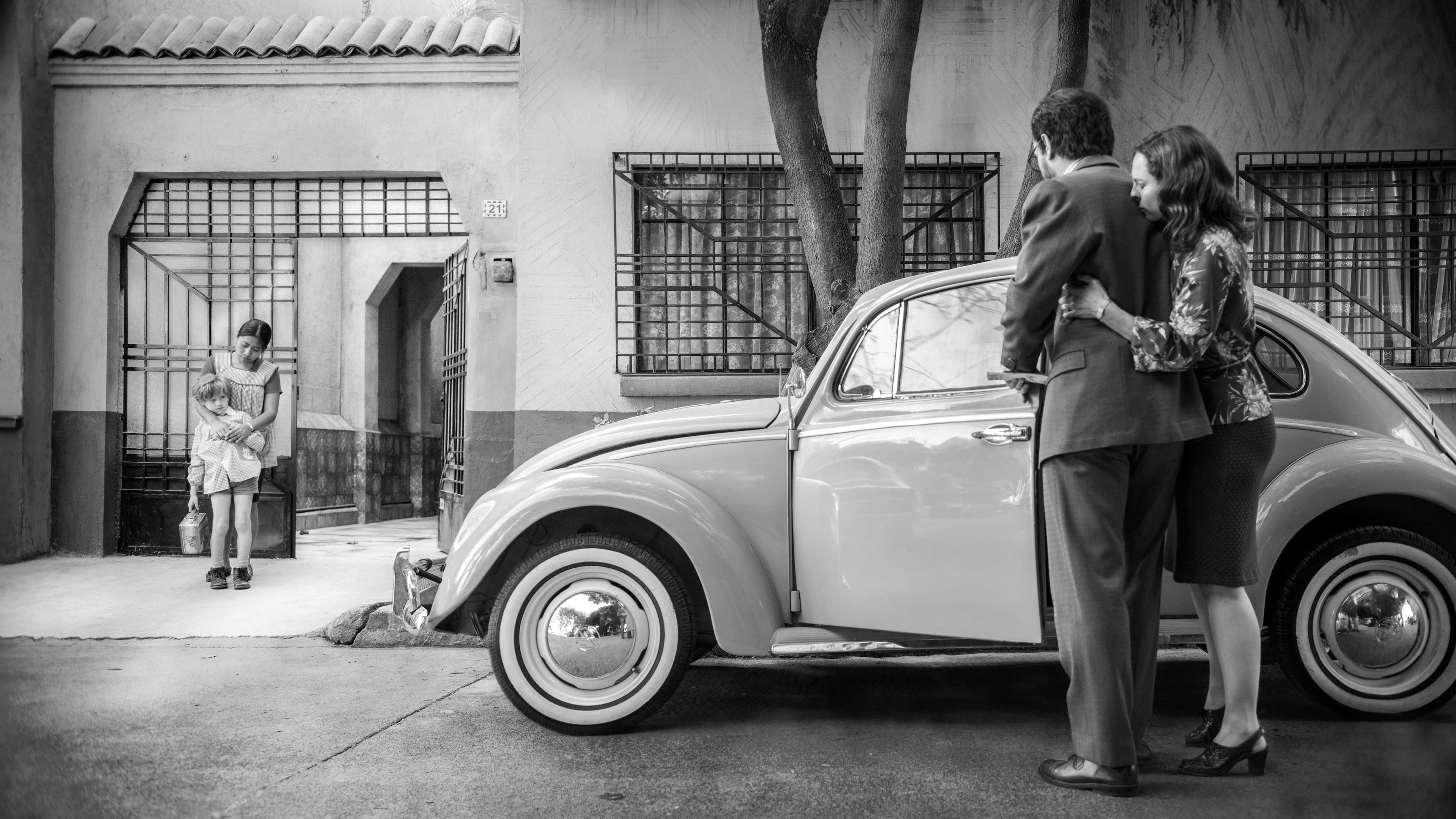
© 2018 Participant Media − All right reserved.
Roma is in Spanish & the indigenous Mixtec language with English subtitles, the actors are unknown in the U.S., the lead character Cleo (Yalitza Aparicio) is a true amateur, there is no music soundtrack just the sounds of the city, and a love-starved dog barks all the time.
Alfonso Cuarón shot the movie using a large-format 65 mm grainless digital camera (Arri Alexa 65) in black and white. He always filmed using a wide angle perspective. Every scene is perfect. Most scenes have something else to look at in addition to whatever is happening in the movie.
For example – the theater scene – Cleo and Fermín are los besos y las caricias (kissing & fondling) while you see the entire audience, cigarette smoke is rising from the audience, a German aircraft crashes and the movie ends. Then people begin to leave the theater, while a very poignant scene is unfolding – perfect. Other beautifully composed scenes include shopping for a baby’s crib while a student protest erupts into a riot, a political rally where the people live in squalor and men are practicing martial arts, a forest fire, or just watching a car drive through the landscape with a rain storm in the distance and cacti in front, the scenes are all fascinating. The photography is superb.
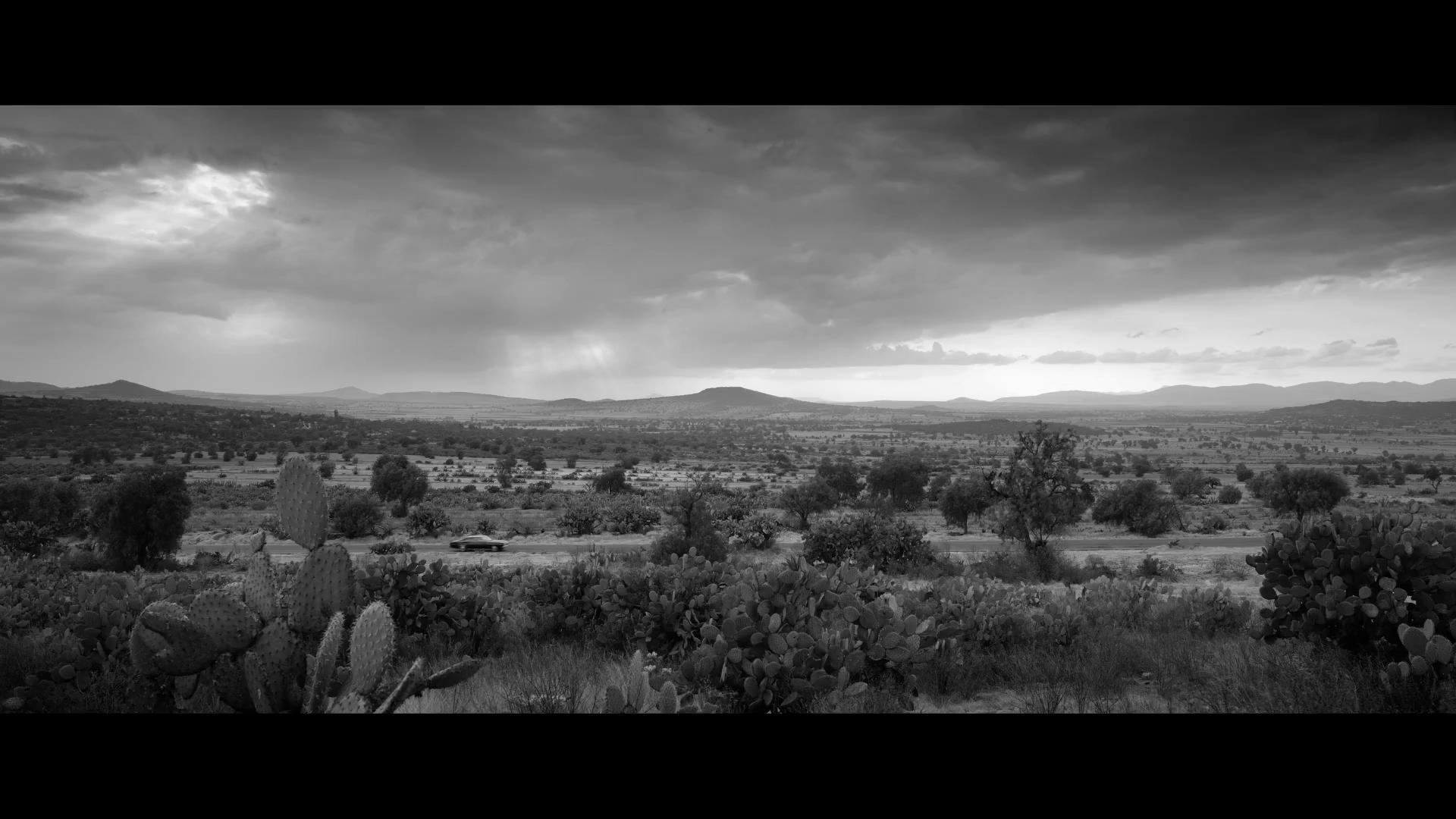
The Plot:
Roma does not have a traditional plot. Roma is how Alfonso Cuarón remembers his life in 1970 when he was a 10-year old kid growing up in an upper middle-class family in Roma, a neighborhood in Mexico City. He lived with his Mother, Father, two brothers, a sister, Grandmother, and 2 live-in maids, Cleo and Adela. We experience his life and surroundings by observing the life of the maid Cleo. A lot happens during the year we are living with the family in Roma. You see the highlights in perfect wide screen black and white. You meet and understand of the characters, but there is no resolution, life just keeps happening.
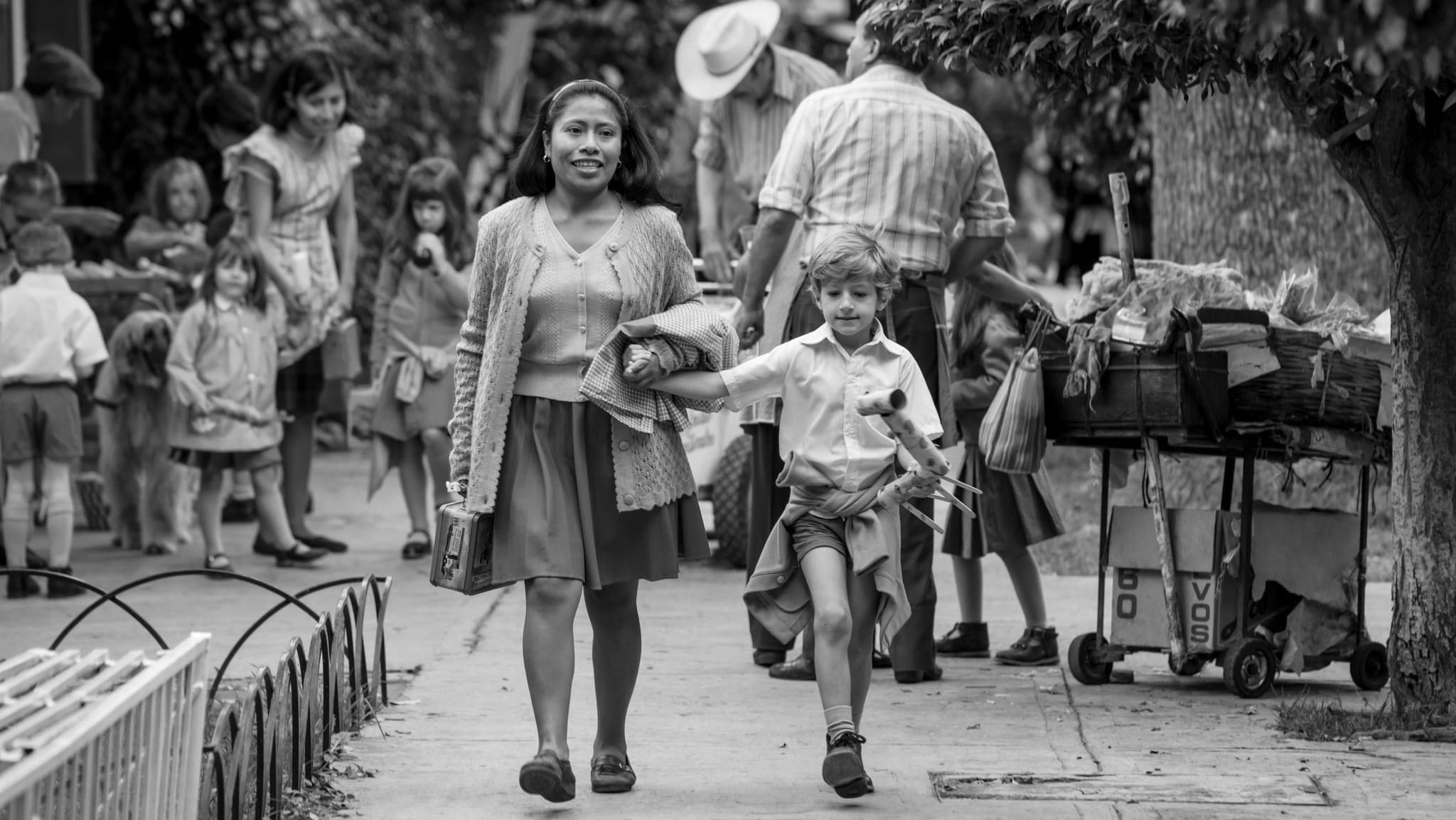
Cleo (Yalitza Aparicio) with 10-year old Alfonso.
When viewed correctly Roma is a beautiful experience. Roma uses incredible cinematography to tell an excellent story about a family. A warning – This film is best for the true cinephile and a huge screen.
